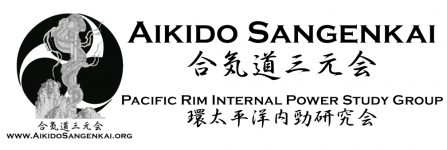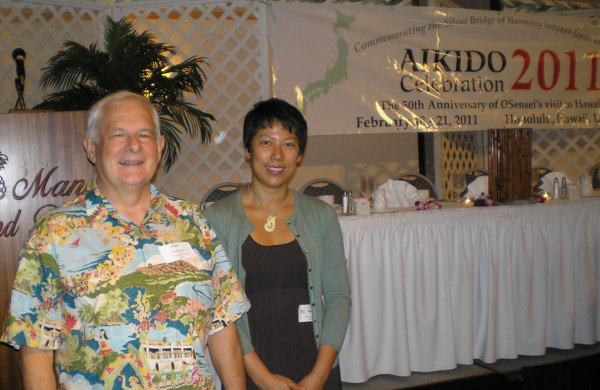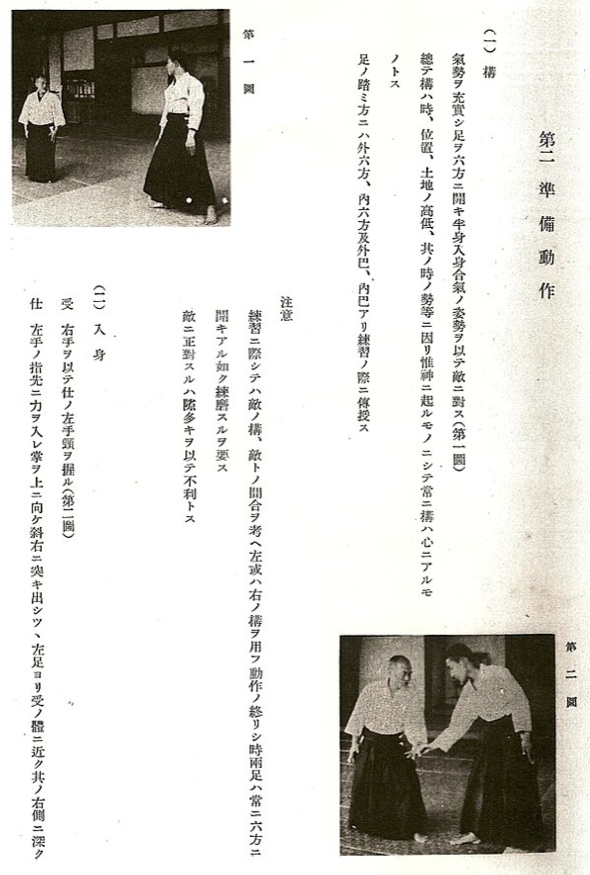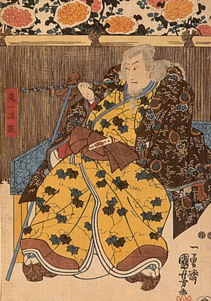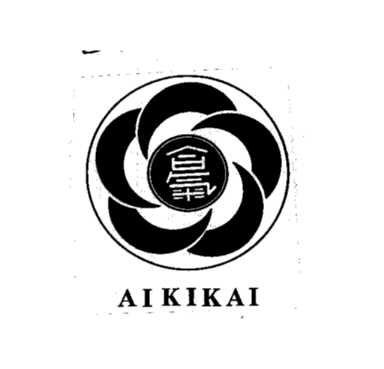Aiki Budo is the Way of Human Development

Aiki Budo is the Way of Human Development
I was looking through Kisshomaru Ueshiba’s books "The Spirit of Aikido" and "The Art of Aikido" and I happened to notice that there is virtually no mention of Daito-ryu in either one. Of course, neither of them are historical works, but I thought it odd that there was no mention of the art that Morihei Ueshiba has studied for over 20 years, the only art that he was ever licensed to teach, the only art (outside of his own) in which he ever issued certificates of rank.
OK, moving along to "Best Aikido", written by Kisshomaru Ueshiba and Moriteru Ueshiba. In this one there is a short mention of Daito-ryu as one of the many arts that Morihei Ueshiba studied, but no mention is made of the relative depth of study of those arts – the section entirely fails to note the fact that, with the exception of Daito-ryu, all of those arts were studied for very brief periods of time.
The section ends by implying that Morihei himself denied any substantial connection with Daito-ryu. This is a common theme, check out this article for another example of the sanitizing of the history of Aikido.
I know, this is kind of an old story – most people these days have been made aware of the great technical debt that Aikido owes to Daito-ryu, primarily through the efforts of Stan Pranin at Aikido Journal.
Additionally, in two previous posts, "Kiichi Hogen and the Secret of Aikido", and "Morihei Ueshiba, Budo and Kamae" I explored the possibility of ties between the core training methods of Morihei Ueshiba and traditional Chinese martial training paradigms.
But what about the other half of the art – the great philosophical and spiritual repurposing of the martial arts that was supposedly implemented by Morihei Ueshiba?
